Morning Glory Plant Family: Learn About Morning Glory Varieties
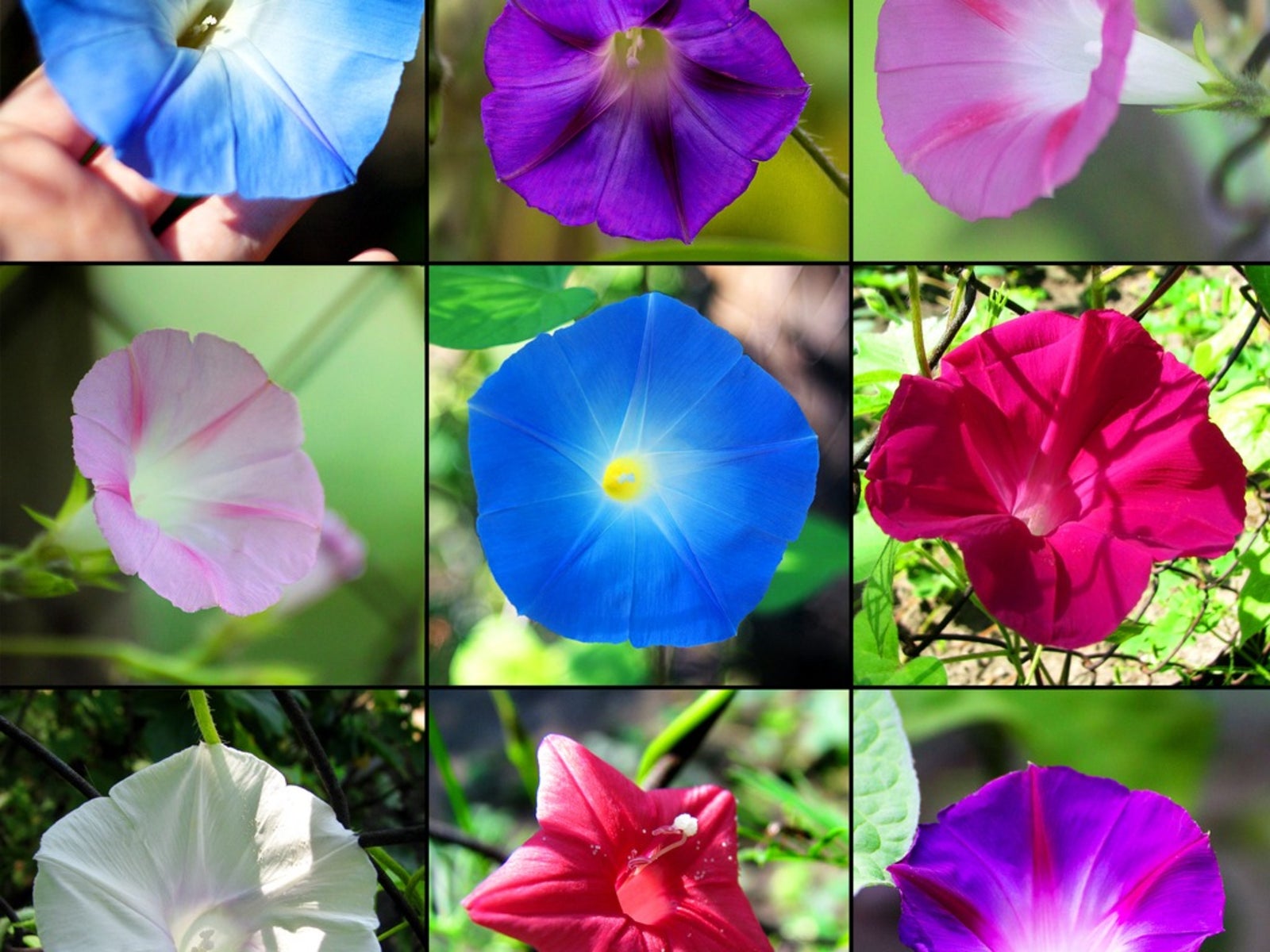
For many people, the summer garden always includes a tumble of shiny green leaves and sky blue flowers growing on a fence or up the side of a porch. Morning glories are old-fashioned crowd-pleasers, simple to grow and tough enough to grow in almost any environment. The classic Heavenly Blue morning glory flowers aren't the only types that grow, however. Let's learn more about some common morning glory varieties.
Morning Glory Plant Family
Morning glories are members of the Convolvulaceae family, which takes on a number of forms, depending on the part of the world in which it developed. There are over 1,000 types of morning glory flowers, from colorful climbers to subtle groundcovers. From cheerful flowers to edible plants, how many morning glory relatives do you know? Here are some of the most common morning glory varieties.
- The most familiar of the morning glories for the garden is probably the domestic morning glory vine. This climber has dark and shiny heart-shaped leaves and trumpet-shaped vines that open first thing in the morning, hence the name. The blooms come in a variety of colors from shades of blue to pinks and purples.
- Moonflowers, a cousin of the domestic morning glory, has hand-sized brilliant white flowers that open when the sun goes down and blooms all night long. These morning glory flowers make great additions to moon gardens.
- Bindweed is a morning glory relative that is a problem with many farms and gardens. The woody stems twine themselves among other plants, strangling out its competitors. A version of this type of plant, known as a dodder, looks like a miniature version of the domestic morning glory flower. Its roots take over everything underground, and one root system can spread up to half a mile.
- Water spinach is a morning glory relative that's sold in Asian specialty stores as a tasty vegetable. The long thin stems are topped with arrow-shaped leaves, and the stems are sliced and used in stir fry dishes.
- One of the most surprising of the morning glory relatives may be another edible plant, the sweet potato. This vine won't spread nearly as far as most of its relatives, but the large roots below the ground are a variation that is grown all over the country.
Note: Native Americans in the southwest used rare varieties of morning glory seeds in their spiritual life as a hallucinogenic. The difference between a lethal dose and one designed to send someone to the spirit world is so close, only the most knowledgeable of people are ever allowed to try the experience.
Gardening tips, videos, info and more delivered right to your inbox!
Sign up for the Gardening Know How newsletter today and receive a free copy of our e-book "How to Grow Delicious Tomatoes".
-
 Looking For Plants To Give You The Soft And Fuzzies? Try These 5 Fuzzy Leaf Plant Options
Looking For Plants To Give You The Soft And Fuzzies? Try These 5 Fuzzy Leaf Plant OptionsLovers of texture, drama, silver foliage and tactile plants will adore these special sensory garden additions. These fuzzy leaf plant options will leave you all aglow
By Susan Albert
-
 Get Ready For A Summer Of Hummers! Grow These Full Sun Hummingbird Plants and Flowers
Get Ready For A Summer Of Hummers! Grow These Full Sun Hummingbird Plants and FlowersIf you’re lucky enough to enjoy a sunny backyard, make sure you are maxing out on your pollinator opportunities and grow these full sun hummingbird plants and flowers
By Tonya Barnett
-
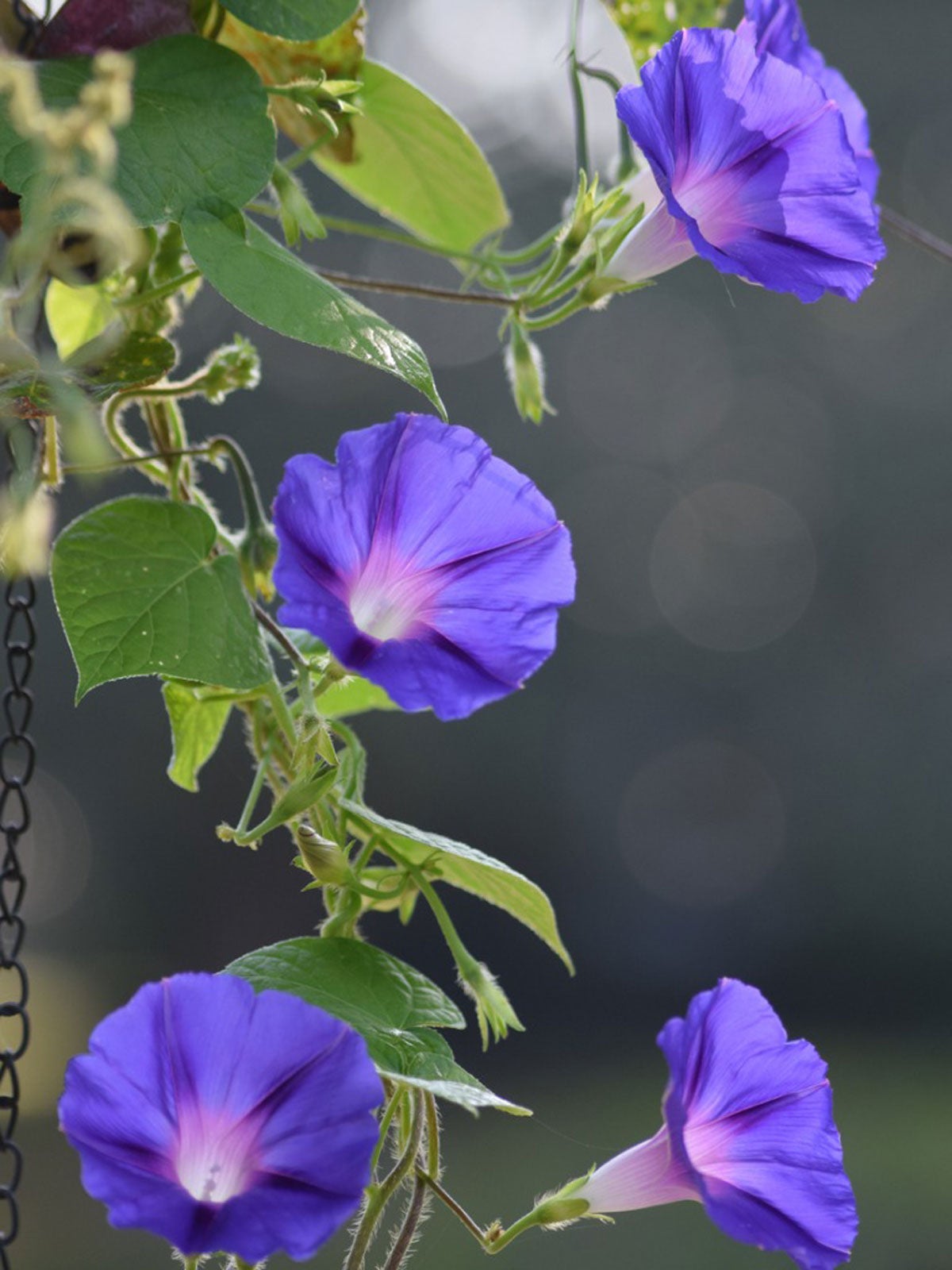 Growing Morning Glories From Seed: A Guide To Planting Morning Glory Seeds
Growing Morning Glories From Seed: A Guide To Planting Morning Glory SeedsBy Laura Miller
-
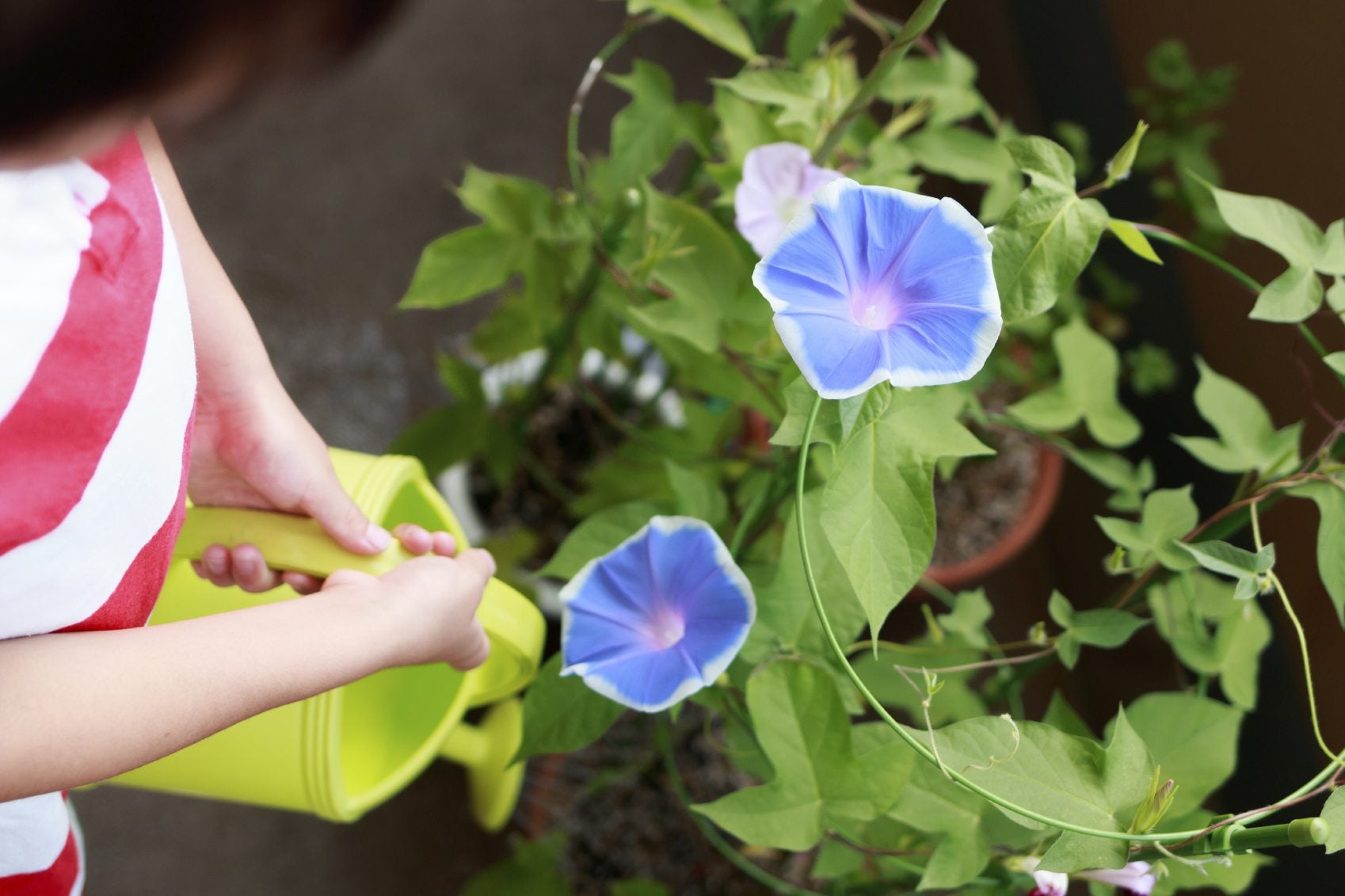 Watering Morning Glories: How Much Water Do Morning Glories Need
Watering Morning Glories: How Much Water Do Morning Glories NeedEasy care and fast growing, morning glories offer a sea of blossoms in pink, purple, red, blue and white. Like most other summer annuals, they need water to thrive. Click here for information about morning glory watering needs.
By Teo Spengler
-
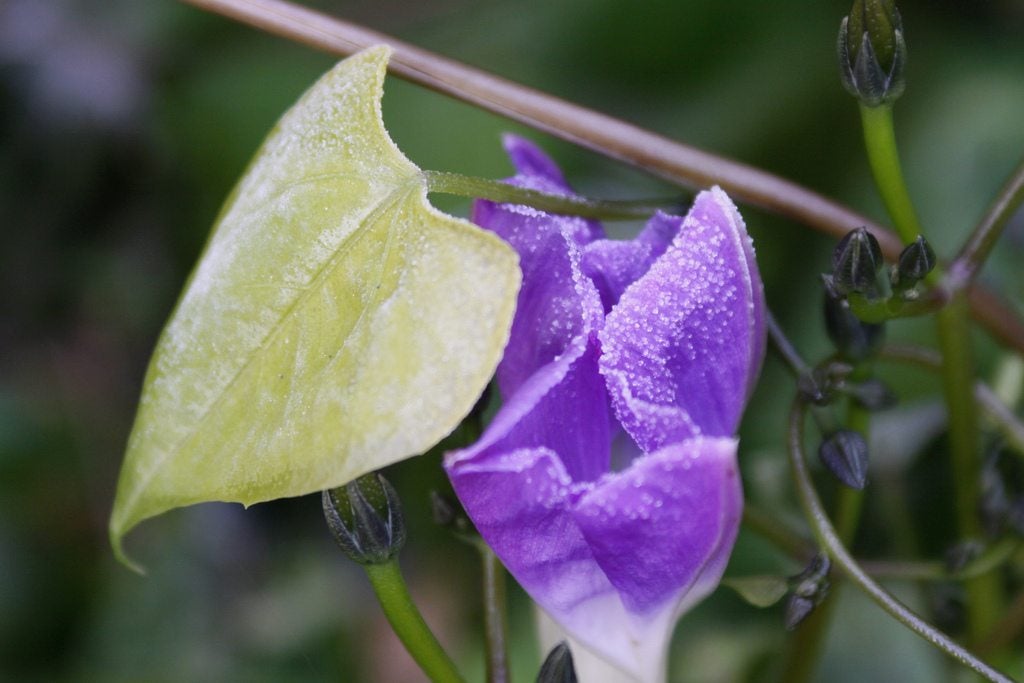 Yellow Morning Glory Foliage – Treating Yellow Leaves On Morning Glories
Yellow Morning Glory Foliage – Treating Yellow Leaves On Morning GloriesThere is a risk of yellowing leaves on morning glories, which can give the plants an unsightly look and damage their health. Click this article to learn about what to do when your morning glory leaves are yellow.
By Liz Baessler
-
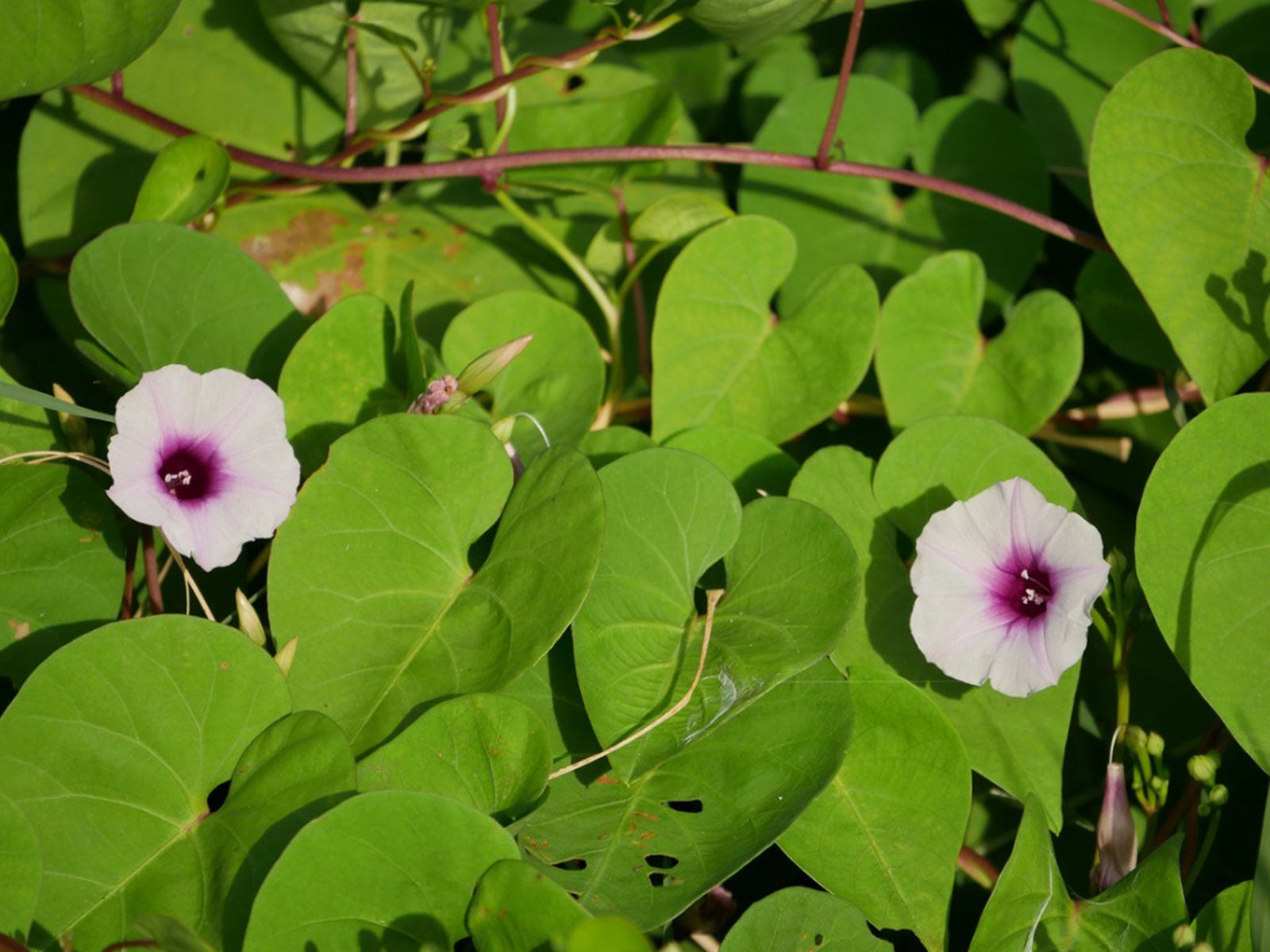 Why Morning Glory Is Not Blooming: Getting Morning Glories To Flower
Why Morning Glory Is Not Blooming: Getting Morning Glories To FlowerMorning glory is a prolific vining plant that produces masses of blooms. Non-flowering plants aren't the norm but is fixable. Click here for suggestions.
By Bonnie L. Grant
-
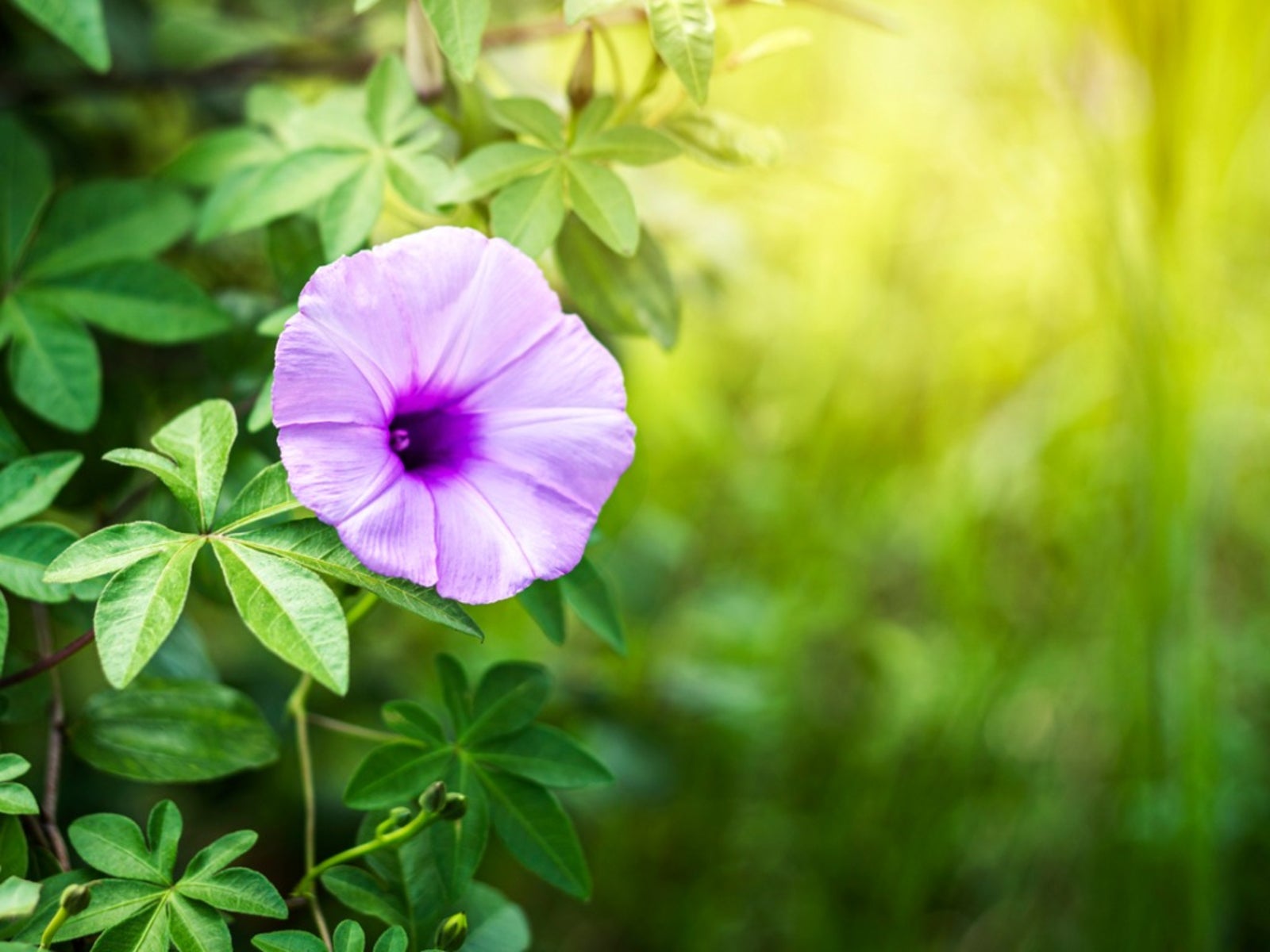 Morning Glory Pest Control: Dealing With Common Pests Of Morning Glory
Morning Glory Pest Control: Dealing With Common Pests Of Morning GloryMorning glories are hardy plants and are normally healthy, but sometimes insects on morning glory vines harm the health of the plant. Read this article to learn more about what pests you can expect.
By Susan Patterson
-
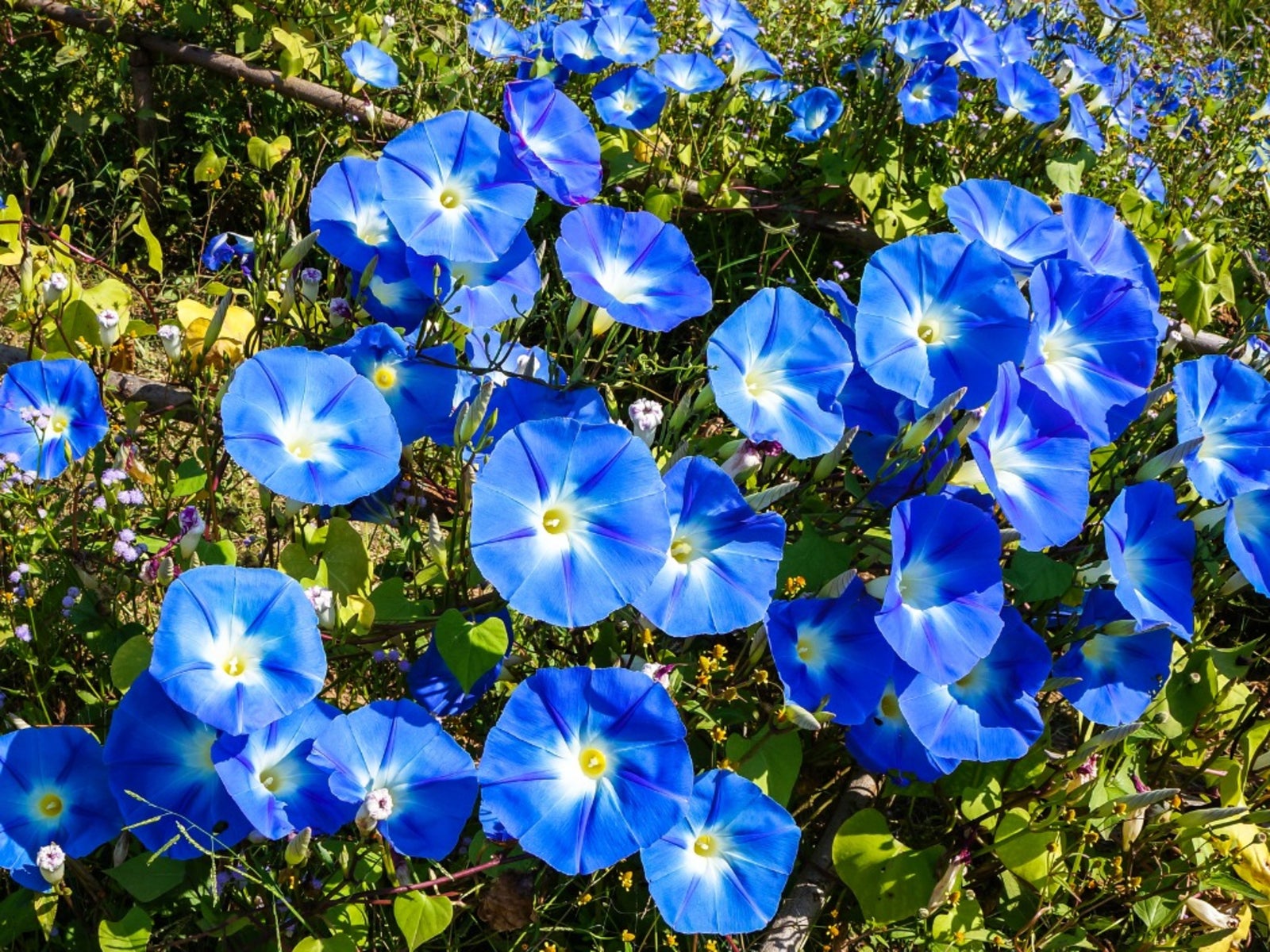 Problems With Morning Glories: Morning Glory Vine Diseases
Problems With Morning Glories: Morning Glory Vine DiseasesMorning glories are typically hardy vines; however, they can sometimes suffer problems. Read this article to find out what these may be and how to treat them promptly. Click here for more info.
By Susan Patterson
-
 Morning Glory Trimming: When And How To Prune Morning Glory Plants
Morning Glory Trimming: When And How To Prune Morning Glory PlantsMorning glory vines can reach lengths of up to 15 feet (4.5 m.), twining themselves around anything. To keep these plants well managed, some morning glory trimming may be necessary. This article will help with that.
By Jackie Carroll
-
 Morning Glory Control: How To Kill Morning Glory Weeds
Morning Glory Control: How To Kill Morning Glory WeedsMorning glory weeds in the garden can take over garden areas. So you may want to know how to kill morning glory weeds. This article will help.
By Bonnie L. Grant